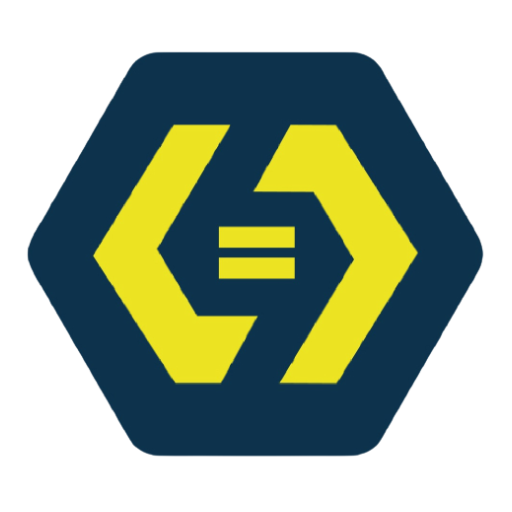To start your PHP programming journey, you need a suitable development environment. Here’s a step-by-step guide to setting up a local environment on your computer:
Prerequisites:
- A computer (Windows, macOS, or Linux)
- A text editor or IDE (like Sublime Text, Visual Studio Code, or PhpStorm)
Steps:
1 – Install a Web Server:
- Windows: Use XAMPP or WAMP, which includes Apache, MySQL, and PHP.
- macOS: Install MAMP or use built-in Apache.
- Linux: Install Apache, MySQL, and PHP using package managers like apt or yum.
2 – Create a PHP file:
- Use your chosen text editor to create a new file with a
.phpextension (e.g.,index.php).
3 – Write PHP code:
- Open the
index.phpfile and add your PHP code.
4 – Run the PHP script:
- Access the file in your web browser (e.g.,
http://localhost/your_project_folder/index.php).
Basic PHP File Structure:
<!DOCTYPE html>
<html>
<head>
<title>My PHP Page</title>
</head>
<body>
<?php
echo "Hello from PHP!";
?>
</body>
</html>Once your development environment is set up, you’re ready to start exploring PHP’s features and building your first web applications. In the next article, we’ll dive into PHP’s basic syntax and data types.

